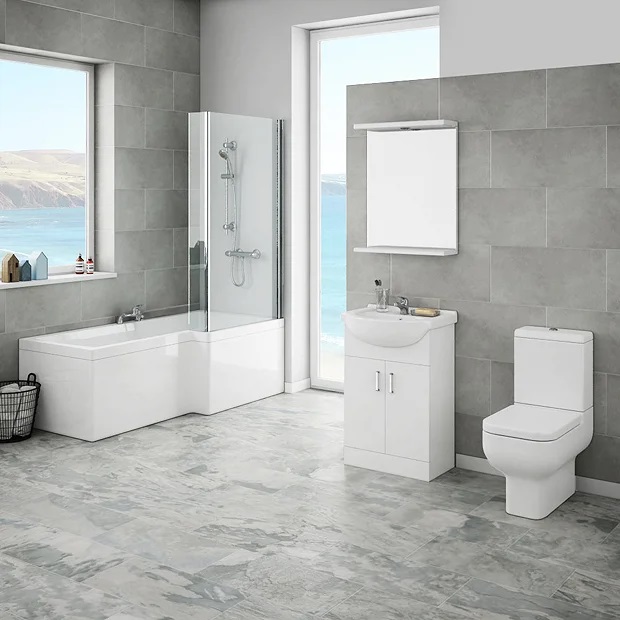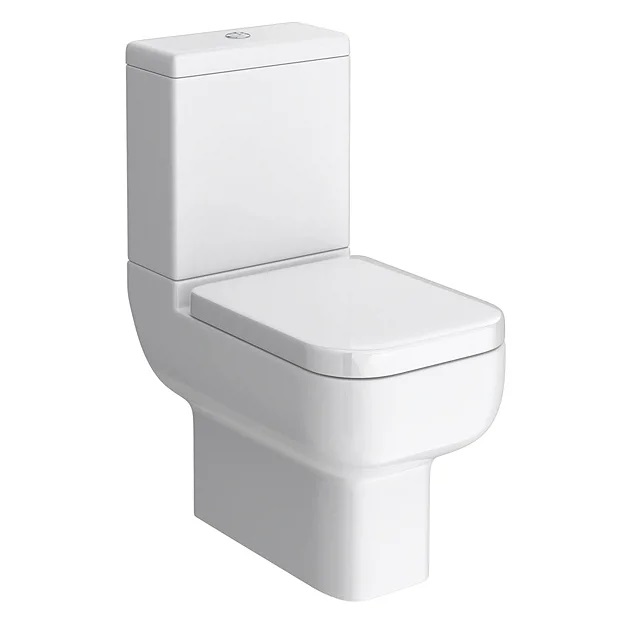In the ever-evolving realm of bathroom fixtures, close-coupled toilets stand out as a harmonious blend of form and function. This comprehensive exploration takes you on a journey through the anatomy, advantages, installation, maintenance, and evolving trends of close-coupled toilets.
I. Understanding the Close-Coupled Toilet:
1.1 The Basics: Delve into the fundamental components of a close-coupled toilet, where the cistern and bowl are seamlessly integrated into a single unit. Explore the design principles that make this toilet style a popular choice for modern bathrooms.
1.2 Evolution of Design: Trace the historical evolution of close-coupled toilets, from their inception to the present day. Understand how design trends have influenced the aesthetics and functionality of these fixtures, making them a staple in contemporary bathroom design.
II. Advantages and Practical Considerations:
2.1 Space Efficiency: Examine the space-saving advantages of close-coupled toilets, especially in compact bathrooms. Learn how their streamlined design contributes to efficient space utilization without compromising on comfort.
2.2 Easy Installation: Explore the straightforward installation process of close-coupled toilets, making them a preferred choice for both homeowners and professionals. Understand the key steps involved in setting up this type of toilet and the potential challenges one might encounter.
2.3 Water Efficiency: Discuss the water-saving features of close-coupled toilets, focusing on dual-flush mechanisms and other innovations that contribute to sustainable water usage. Highlight the environmental benefits of choosing a close-coupled toilet.
III. Maintenance and Troubleshooting:
3.1 Cleaning Tips: Offer practical advice on cleaning and maintaining a close-coupled toilet for optimal hygiene and longevity. Discuss suitable cleaning agents and techniques that keep the fixture looking pristine.
3.2 Common Issues and Solutions: Address common problems associated with close-coupled toilets, such as leaks, flushing issues, and wear and tear. Provide troubleshooting tips to help users resolve these issues without the need for professional assistance.
IV. Innovations in Close-Coupled Toilets:
4.1 Smart Features: Explore the integration of smart technologies in close-coupled toilets, including sensor-activated flushing, temperature-controlled seats, and other innovations that elevate the user experience.
4.2 Sustainable Materials: Highlight the use of eco-friendly materials in the manufacturing of close-coupled toilets, aligning with the growing demand for sustainable and environmentally conscious bathroom fixtures.
V. Trends and Future Prospects:
5.1 Design Trends: Examine current design trends in close-coupled toilets, from minimalist aesthetics to bold colors and patterns. Explore how these trends reflect the evolving tastes of consumers in the realm of bathroom design.
5.2 Technological Advancements: Look ahead to the future of close-coupled toilets, considering emerging technologies that might further enhance their efficiency, comfort, and sustainability.
In conclusion, the close-coupled toilet stands as a testament to the seamless integration of design and functionality in modern bathroom fixtures. From its humble beginnings to the latest innovations, this comprehensive guide has illuminated the various facets of close-coupled toilets, empowering readers to make informed choices for their bathroom spaces. As we navigate the dynamic landscape of bathroom design, the close-coupled toilet remains a steadfast companion, offering not only practical advantages but also a touch of sophistication to our daily routines.







